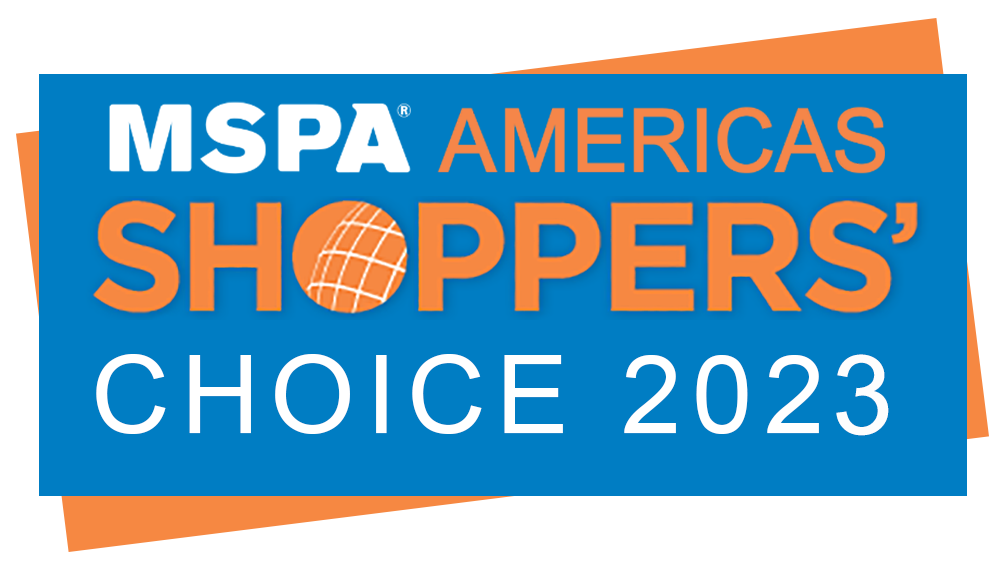
“Twenty questions” can be a fun game when you’re trying to get to know someone. However, that many questions can be overwhelming for customers who are trying to get on with their lives. While it’s important for brands to gather customer feedback for many reasons (to measure customer experience, engage customers, build brand loyalty, etc.), there comes a point where it no longer serves the customer.
What is Survey Fatigue?
You can, in fact, have too much of a good thing. Just like eating too much candy can make you sick, too many surveys can have a similar effect on your customers as well. Survey fatigue is when customers become apathetic, bored, or tired of the survey process. There are two types of survey fatigue:
- Survey Response Fatigue: This happens before the survey begins. Limit the frequency of your surveys to prevent customers from feeling overwhelmed by the number of requests and opting out of your surveys.
- Survey Taking Fatigue: This occurs while customers complete the survey. Look at the questions you’re asking in your survey. Too many questions or questions that aren’t applicable can cause customers to give up and abandon your survey.
Survey fatigue can result in abandoned surveys, ineffective results, and inaccurate data. It can also have a negative impact on your brand. Some disadvantages of survey fatigue include:
- Negative Brand Perception. Despite being the “Age of the Customer,” bombarding customers with too many surveys can damage their perception of your brand. Frequent survey invitations can be perceived as nagging and unprofessional.
- Low Data Quality. When customers suffer from survey fatigue, they won’t put as much effort into their responses. SurveyMonkey found that the longer your survey is, the less time customers will spend answering each question.
- Survey Bias. Survey fatigue won’t affect customers with extreme views who want their voices to be heard. As a result, your data won’t effectively reflect all customers’ views.
Combatting Survey Fatigue
When gathering customer feedback, brands will want to take preventative care in fighting survey fatigue to ensure data isn’t compromised by inaccurate or biased responses. Follow these six best practices when designing customer surveys.
Don’t over-survey your customers.
How often do you survey your customers? Asking your customers to take too many surveys is a direct result of survey fatigue and will result in fewer customers taking your survey. For example, asking customers to complete a general, cookie-cutter survey with vague questions after every transaction likely won’t get the feedback you need.
It’s important for brands to find the right balance between surveying customers frequently enough to gather good data, while not overburdening them with constant surveys. Be strategic with your survey cadence. Perhaps you survey customers after the first transaction, and then wait to survey them again until they’ve completed three more transactions.
Be mobile-friendly.
Between smartphones and tablets, customers need a good user experience on more than just a desktop computer. See how well your survey performs on different devices. FocusVision found that over one-third of customers take surveys on their smartphones. A poor user interface will only deter customers from taking your surveys, so it’s important that your surveys have a responsive design.
Communicate the survey’s value.
Why should your customers take your survey? If your customers can see how their responses will be used, they’ll be more likely to partake in your survey. Communicate your plans for the survey data to not only reduce survey fatigue, but also to show your customers that you value their opinions.
After the survey is over, you’ll want to follow up with your respondents to communicate how you used their data. Show customers the actions you’ve taken as a result of their feedback, so they’ll be more likely to take surveys for you in the future.
Be mindful of time.
How long is your survey? Of course, you want to get as much information as possible, but a survey that drags on for too long will result in customers either speeding through questions just to get to the end or abandoning the survey altogether.
While there is no magic number when it comes to determining the length of your survey, a general rule of thumb is that the shorter your survey, the better. According to SurveyMonkey, 60 percent of customers don’t want to take a survey that takes longer than 10 minutes to complete. The survey platform also found that, on average, survey respondents take just over one minute to answer the first question and spend about five minutes answering a 10-question survey, showing that the longer your survey is, the less time customers will spend answering each question. For more thoughtful responses, consider limiting your questions to just the necessities.
It’s also best practice to give customers a time estimate upfront before they begin your survey. You can even display a progress bar, so customers can see how much more of your survey they have to go. When they can see the light at the end of the tunnel, customers will be less likely to abandon your survey.
Make it easy to answer your survey questions.
Your survey experience should be one that is simple and pleasant for your customers—not one that is comparable to taking the LSATs. Survey questions that are long-winded or complicated will confuse and frustrate your customers.
Get straight to the point with your questions. For bigger issues, deconstruct them into small, easily digestible questions. You should also use language that the everyday customer can understand by avoiding industry jargon and technical words.
Tailor survey questions to the customer.
Asking inapplicable or irrelevant questions or not providing the correct answer options can cause customers to incorrectly answer or abandon your survey. For example, you wouldn’t want to ask an ecommerce customer a question about the appearance of your store.
When customers reach a question they can’t or don’t want to answer, they’ll be more likely to abandon the survey altogether. SurveyMonkey also found that 27 percent of people will close out of a survey entirely if they can’t skip to the next question, while 25 percent will enter a random response. Make sure you’re asking questions that are relevant to the survey taker and give your customers the option to skip questions if they desire.
Customer Feedback Next Steps
Simply gathering customer feedback isn’t enough. Although many businesses struggle to understand what to do with the feedback they’re given, it’s important to define the next steps to improve customer experience and reduce survey fatigue.
IntelliShop’s voice of the customer tools are designed to gain a subjective understanding of what your actual customers think and feel about their experiences with your brand. We’ll design customer surveys to best engage your customers and present our findings to you in a detailed, actionable InSite™ report to create a strategy that will improve customer experience at your company.
Our tools can be designed as standalone customer feedback solutions, or in conjunction with any of our other methods of measuring customer experience like mystery shopping, competitor evaluations, and compliance audits. Contact IntelliShop today to learn more about how we can gather accurate customer feedback for your organization.
Related Articles
How Kindness Can Create a Better Overall Customer Experience
A recent Wall Street Journal article reminds us of the role that kindness plays within customer experience, both on the staff and end consumer sides. This is especially important in the current Covid-19 environment for the restaurant and hospitality industries as several...
Why Emotion Matters in the CX Journey
Establishing an emotional connection with your customers is important to establish loyalty, drive more revenue and increase customer lifetime value for your business. How you capture emotion can vary from post-transaction surveys, to requesting reviews of their experience to...
Top Tags
Solutions
Recent Articles
Contact Us
Schedule a ConsultationTalk Shop
View All ArticlesTrusted Partner
IntelliShop offers the most reliable and highly detailed shoppers in the industry. Their attention to detail and timely execution of projects is why we’ve been working with them for over 12 years and the reason they are our trusted partner.


